




As a purpose-led company, we know we have a pivotal role to play in addressing the climate emergency. We consider this not only good business, but our duty to channel our technology-enabled expertise and capabilities toward benefitting people and the planet.
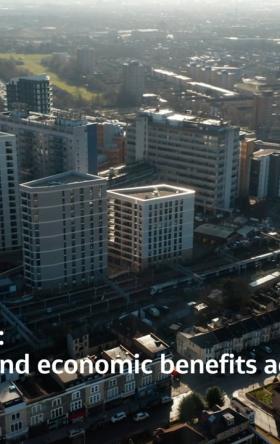

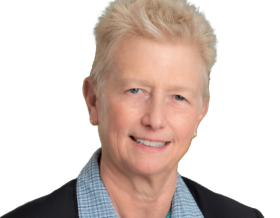
We work in partnership, delivering some of the most challenging, diverse and innovative projects and programs globally across multiple sectors. We integrate complex interfaces across planning, procurement and delivery to help unlock better social, environmental and economic outcomes from mega and giga projects.


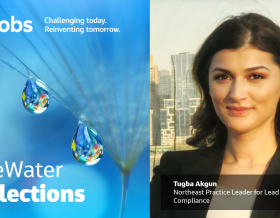
For more than 30 years, Jacobs has been responsible for planning and implementing Lead and Copper Rule-related strategies which protect millions of people in the U.S. and Canada. Our work includes enhanced water quality monitoring strategies, sampling plan development, harvested pipe-scale analysis, lead service line inventories and replacement plans, corrosion control studies and the incorporation of equity and environmental justice considerations into compliance programs.



As our clients navigate the digital transformation and growing cyber risks, we have positioned ourselves at the forefront of this growth, adding digital capabilities, products and tools to serve a growing set of customers.
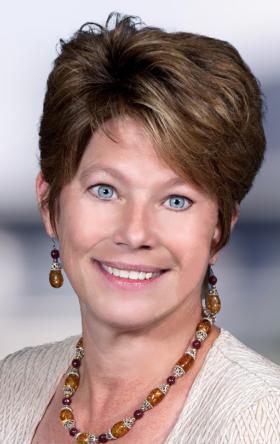

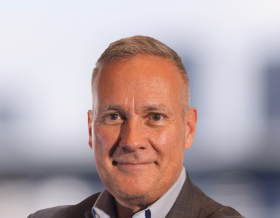
Sit down with our visionary team of thinkers, dreamers and doers to see what a day in the life is like.

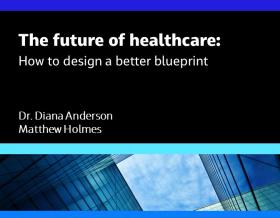
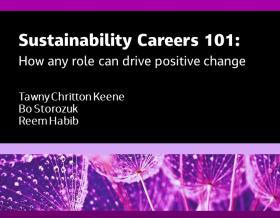
A curated selection of some of the top-listened to and trending podcast episodes from our popular If/When podcast series, which has over 7M downloads to date.

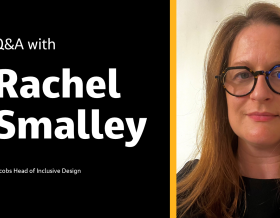

Together with our visionary partner, PA Consulting, we're establishing our position in high end advisory services, creating a springboard to expand in high value offerings beyond the core.


At Jacobs, we're challenging today to reinvent tomorrow by solving the world's most critical problems for thriving cities, resilient environments, mission-critical outcomes, operational advancement, scientific discovery and cutting-edge manufacturing, turning abstract ideas into realities that transform the world for good. With approximately $16 billion in annual revenue and a talent force of more than 60,000, Jacobs provides a full spectrum of professional services including consulting, technical, scientific and project delivery for the government and private sector.
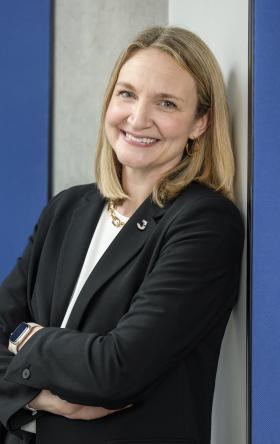
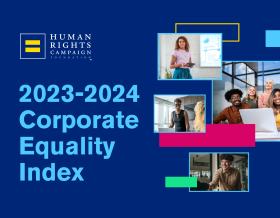

Jacobs. A world where you can.
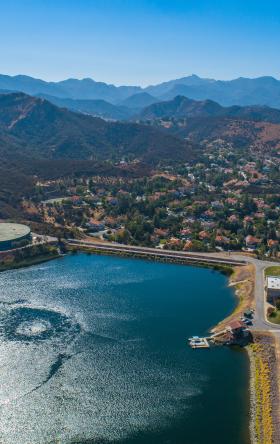

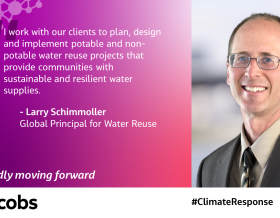
As climate change threatens water security around the world, more communities are turning to water reuse as a resilient water supply solution and embracing the OneWater principle that all water has value. Jacobs has been supporting clients with water reuse programs for decades, beginning with the first applications of advanced wastewater treatment technologies in the 1960s. We provide our clients with a full range of services, from water reuse feasibility studies to design, construction and operations.
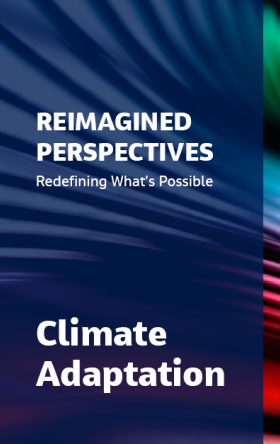
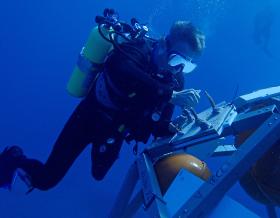

The only certainty about the future is uncertainty. Resilience is an attribute of a smarter planet, and requires planning and adapting ahead of potential threats. We help our clients survive, recover, adapt and thrive.
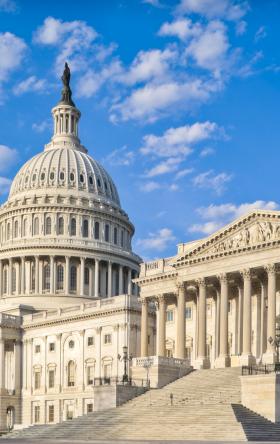


Jacobs is working to help clients across the United States secure federal funding for projects that make our cities and communities more connected and sustainable. Working hand-in-hand with clients from coast to coast and everywhere in between, Jacobs develops bold, innovative solutions to address the nation’s toughest challenges.
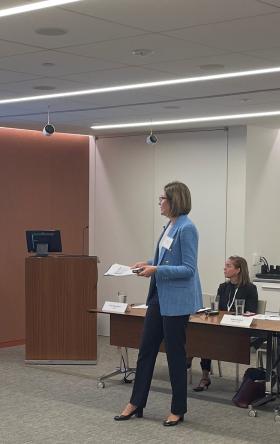

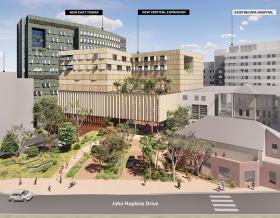
Now more than ever, we appreciate the hard work, sacrifice and dedication of the medical profession in ensuring the health and safety of our communities.

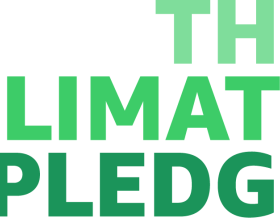
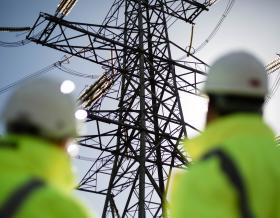
Together, we are stronger. Together, we can transform the future.

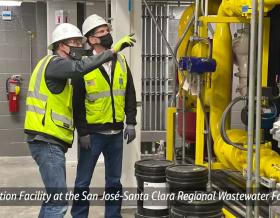
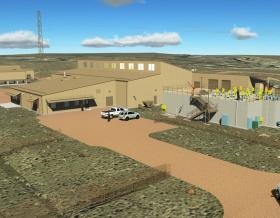
We’ve provided design-build services to the water sector for over 25 years and delivered more than 150 projects. We offer fully integrated design-build and design-build-operate capabilities to tackle the most complex water challenges and work in close collaboration with our clients.
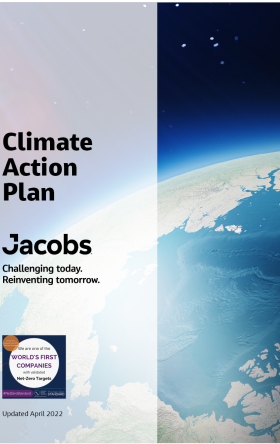


Stories that capture our partnerships and innovative impact for a more connected, sustainable world


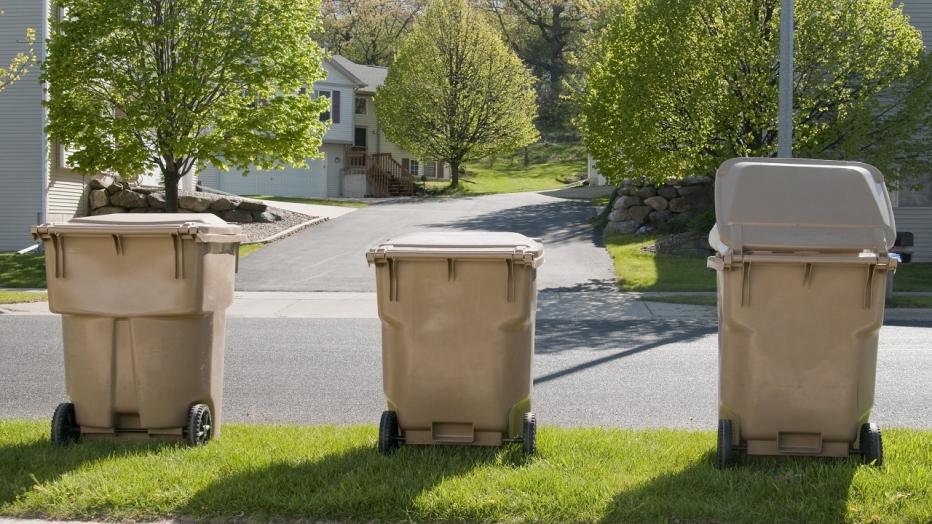
Climate change is an issue that affects us all. Our use of energy and consumption of goods and services, directly and indirectly, accelerates the release of greenhouse gases (GHG) which cause additional heat to be trapped in the Earth’s atmosphere. Businesses and communities across the globe are already experiencing disruptions from the resulting changes to seasonal and short-term weather patterns, and those impacts will get worse if substantial reductions to GHG emissions don’t happen soon.
As a result, many state and local government agencies in the U.S. have set aggressive GHG reduction targets with the message that if policy changes don't happen in Washington D.C., they will happen at the local level. While these goals are admirable, we often find that numeric targets were set based on consistency with the aims of other agencies, and without a specific action plan. Consequently, staff are sometimes left wondering what is needed from different departments and sectors, and how to assess progress towards long range goals.
The answers are not always obvious. One major U.S. west coast city is actively working to achieve goals for reduction of both the community-wide and municipal GHG footprint, with near-term interim targets and a long-range carbon neutrality goal. Among inter-related initiatives, the City wanted to better understand the consequences of possible alternatives for management of the solid waste generated by the community.
To that end, Jacobs developed a "Residential Waste GHG Calculator" to provide City-specific system-wide comparisons of the lifecycle GHG impact of various solid waste management options. The model provides an estimated change to GHG emissions and sequestration as waste is diverted from landfill to other management options. These alternatives include wet or dry anaerobic digestion, in-sink and trucked addition of food waste to wastewater treatment plant headworks prior to digestion, composting, chip & grind, land application of biosolids and recycling using information specific to local conditions and parameters of existing facilities.
While existing tools, like the U.S. Environmental Protection Agency’s Waste Reduction Model (WARM), provide a high-level comparison of some solid waste management options, the "Residential Waste GHG Calculator” allows for much greater specificity on key variables such as landfill gas collection efficiency, local benefits of biogas use, and specific transportation distances and types of fuels used. This adds up to much more granular and accurate information for waste management staff looking to do their part, as well as providing a strong platform to demonstrate the benefits of waste diversion programs as required to comply with existing and proposed regulations such as California SB 1383.
Our GHG work with local government clients includes "top-down" analyses of overall reduction strategies and tracking of the portfolio of resulting projects and actions, including use of wedge diagram analysis. It also frequently incorporates "bottom-up" work to support individual departments by executing projects in response to those strategies. Most importantly, it involves asking the right questions about how GHG or climate resiliency affects the projects and initiatives that are already underway with our federal, municipal and private sector clients.
Doug Huxley is a Principal Technologist and the Carbon Management Community of Practice Leader for Jacobs. He has 20 years of experience in delivering greenhouse gas and climate change solutions for clients in commercial and government sectors and is a key team member of Jacobs’ award-winning program for management of the company’s own GHG footprint.